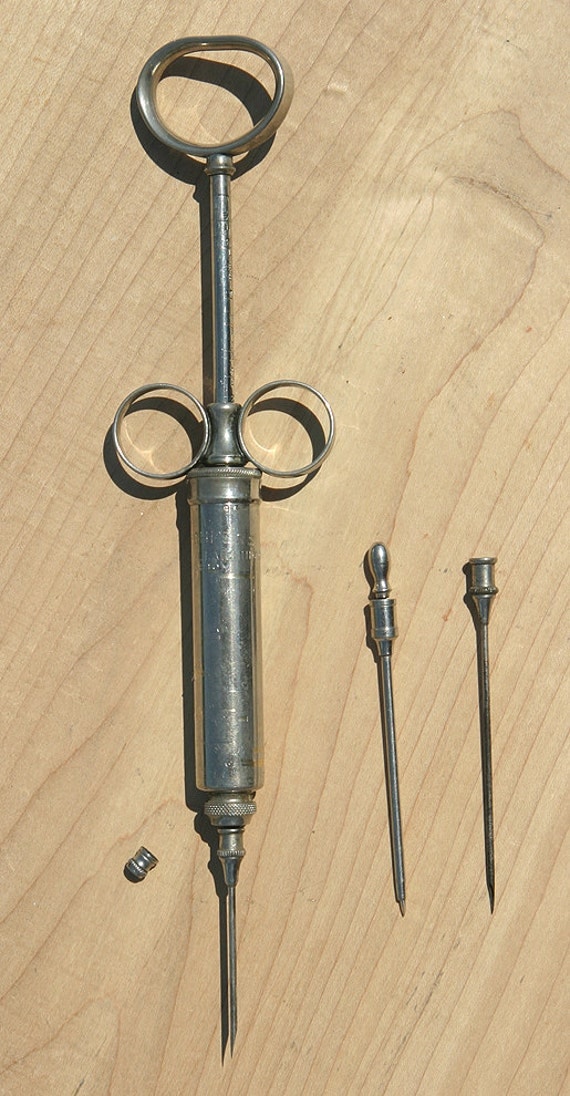- Joined
- Feb 1, 2016
- Messages
- 147
- Reaction score
- 0
Creative and looks cool nice job

I'm not sure I get the point of trying to inject humor into this thread. This sort of thing really gets under my skin.
(hope I don't need to add the implied :wink:, but there I did it anyway)
Stop needling me.I think you designed this rocket JUST so you could make those PUNs...
If I went clear, I'd probably not want to have a split in it. Should be one solid piece.Separately make a top section an a bottom section out of clear material.
Now that is a pretty good idea. Will keep it in mind.EDIT: Better yet, line the inside of the upper clear tube with colored cellophane to simulate the liquid. The laundry is behind that; if it's the same color as the cellophane then should be unobtrusive.
Although I certainly tend to build draggy rockets, I'd rather not completely capitulate and just use the plates here. I'd like this thing to fly a *little*.What if you DON'T use rings? What if you just used flat plates for the plunger and the barrel flange? Will that give you base drag for stability? You're not going to get any altitude records anyway.
Another good idea! That basically means a clear "wrap" tube around a normal rocket... although that wouldn't work well for the rear portion of the main tube that has only the plunger inside... you're really want to see the actual plunger in there.Clear tubing may be easy to simulate, maybe even use a soda bottle. This gives you clear outside surface. Inside that you put your structural tube, painted to simulate air and fluid contents.
I had not seen those before. The T12 protectors are indeed pretty close to BT60. But not exact, which means I'd either have to custom-make centering rings and the first transition, or else do some creative shimming/wrapping.Depending on how big you wanted to make this, one of those tube light protectors you can get at Lowe's dirt cheap would be a pretty good airframe. Pretty darn close to being a BT 60 size.
I had not seen those before.
Given that Apogee sells BT60 clear payload tube for five bucks and change for 18", I'd probably just go that route, since there'd be enough other headache to deal with here.
Something that's been bothering me w/respect to the clear tube approach is that once you have a clear tube for the barrel, you really want the first transition to be clear as well. Apogee actually makes clear transitions, but they're a bit bigger and would require this whole thing to be upscaled a bit. Not that that wouldn't be awesome, but it'd probably be bigger than I'd want to build.The clear payload tubes became available about a year later, best I can recall. It would be the better option of course.


Maybe this was clear, maybe it wasn't, so I'll try to clarify just in case. The idea was to make the black piston, i.e. the rubber part on a real syringe, the coupler. That way you can make the seam between clear tubes disappear, hide an upper centering ring for the motor mount inside the black coupler, and have room in the upper portion for the parachute, wadding, etc.If I went clear, I'd probably not want to have a split in it. Should be one solid piece.OK, how about this:
- Separately make a top section an a bottom section out of clear material.
- Join them with a coupler that is black and looks like the plunger's rubber piston.
It was, ahem, "clear". I don't think the piston would hide the seam in the clear barrel. Could be wrong though, hard to know for sure without trying it.Maybe this was clear, maybe it wasn't, so I'll try to clarify just in case. The idea was to make the black piston, i.e. the rubber part on a real syringe, the coupler. That way you can make the seam between clear tubes disappear, hide an upper centering ring for the motor mount inside the black coupler, and have room in the upper portion for the parachute, wadding, etc.
Let's try that pic again.

So, my syringe will not go into space today?Gary, the picture still isn’t right. It’s upside down.
Yes, it doesn't look like you'll be able to inject it into orbit.So, my syringe will not go into space today?

So, my syringe will not go into space today?
According to my current sim there's no reason to do this; there's good stability margin without excessive nose weight. Of course this assumes the way I'm simming it is reasonably accurate; I'm using a ring-equivalent fin arrangement that.... I think it was Nytrunner who first suggested it. It made good intuitive sense to me, so that's what I'm using.Neil, what if you take some artistic/engineering license and bump up the front to back length of the rings?
According to my current sim there's no reason to do this; there's good stability margin without excessive nose weight. Of course this assumes the way I'm simming it is reasonably accurate; I'm using a ring-equivalent fin arrangement that.... I think it was Nytrunner who first suggested it. It made good intuitive sense to me, so that's what I'm using.
If my sim is overstating the effect of the rings, then indeed larger rings might be useful. For the moment, though, I can't see any reason to go there, unless you know something I don't...
After some instigation in another thread, I concocted a new design that amuses me but I do not plan to build.
I present to you the Space Needle:

Needs some tweaking but could be made to fly.
View attachment 290073
View attachment 290074
Enter your email address to join: